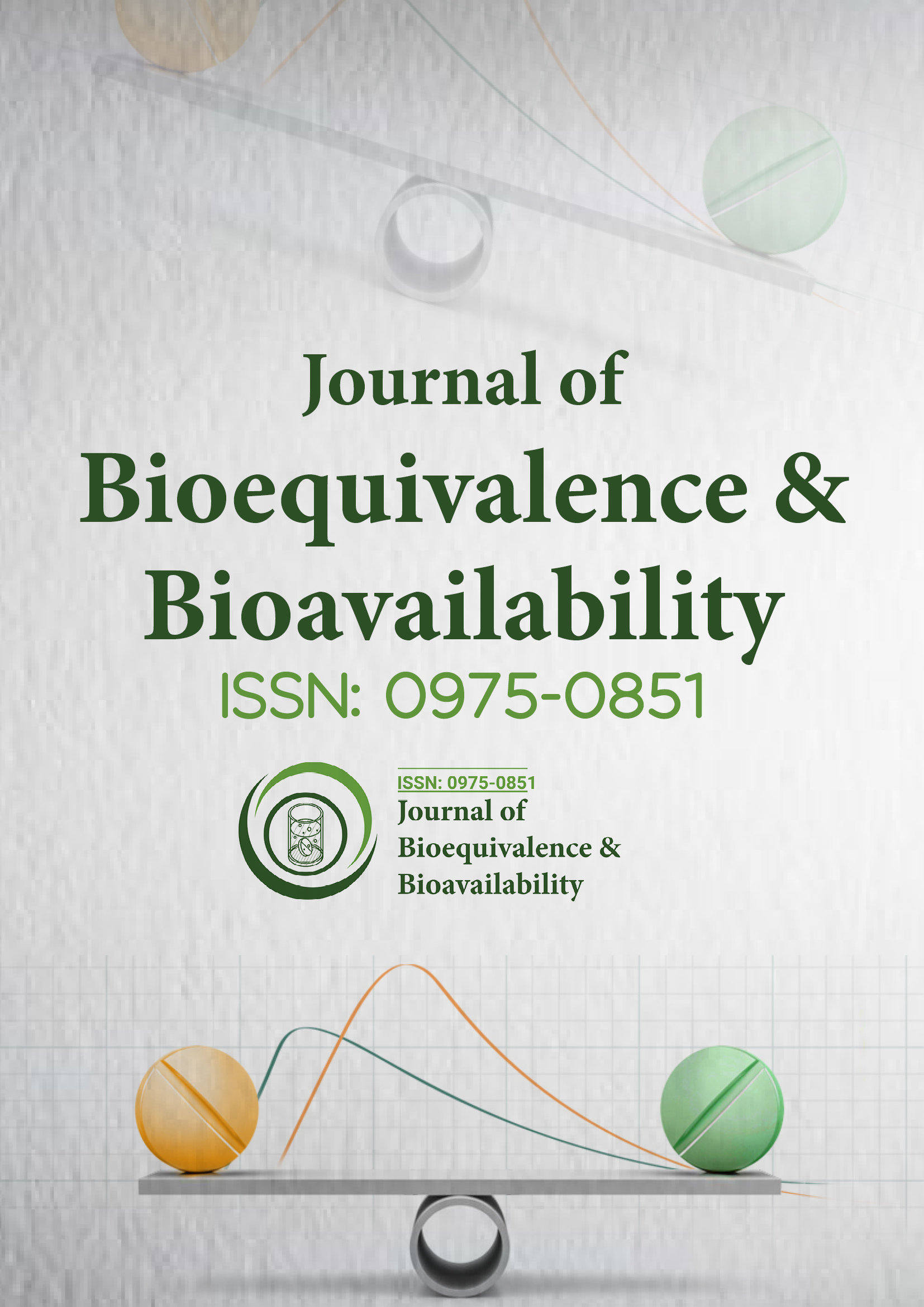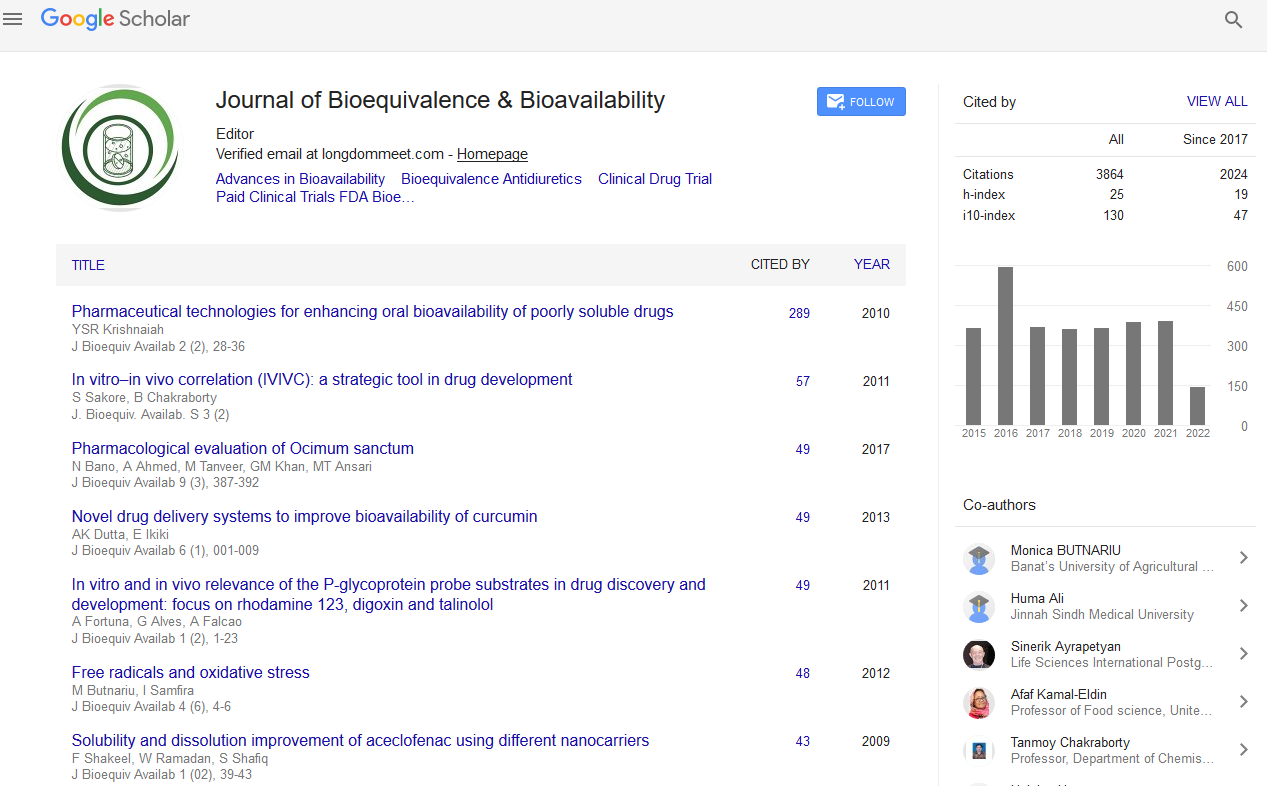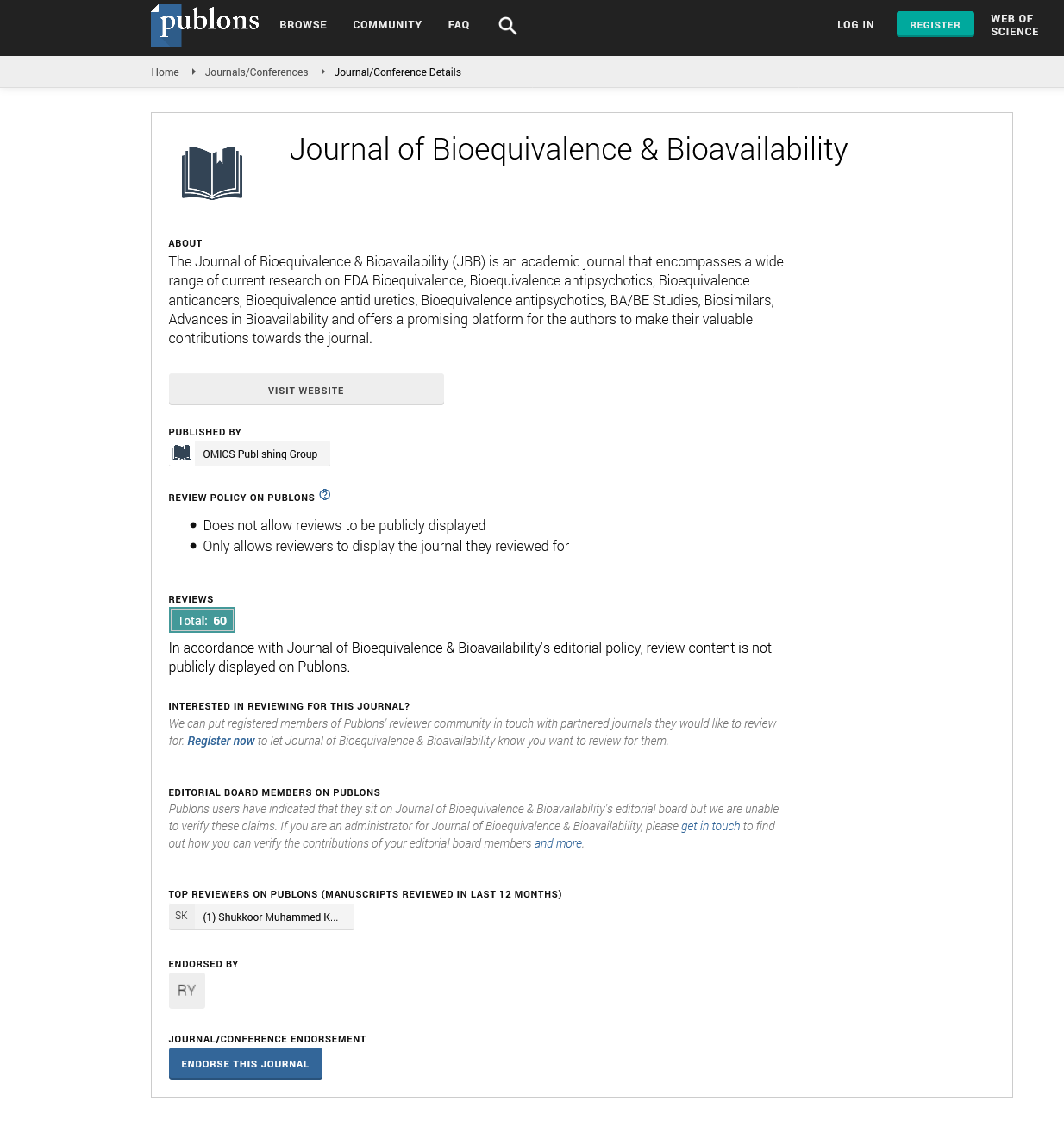PMC/PubMed Indexed Articles
Indexed In
- Academic Journals Database
- Open J Gate
- Genamics JournalSeek
- Academic Keys
- JournalTOCs
- China National Knowledge Infrastructure (CNKI)
- CiteFactor
- Scimago
- Ulrich's Periodicals Directory
- Electronic Journals Library
- RefSeek
- Hamdard University
- EBSCO A-Z
- OCLC- WorldCat
- SWB online catalog
- Virtual Library of Biology (vifabio)
- Publons
- MIAR
- University Grants Commission
- Geneva Foundation for Medical Education and Research
- Euro Pub
- Google Scholar
Useful Links
Share This Page
Journal Flyer

Open Access Journals
- Agri and Aquaculture
- Biochemistry
- Bioinformatics & Systems Biology
- Business & Management
- Chemistry
- Clinical Sciences
- Engineering
- Food & Nutrition
- General Science
- Genetics & Molecular Biology
- Immunology & Microbiology
- Medical Sciences
- Neuroscience & Psychology
- Nursing & Health Care
- Pharmaceutical Sciences
Virtual screening for the discovery of new anticoagulants
5th World Congress on Bioavailability and Bioequivalence Pharmaceutical R&D Summit
September 29-October 01, 2014 DoubleTree by Hilton Baltimore-BWI Airport, USA
Horacio P?rez-S?nchez
Accepted Abstracts: J Bioequiv Availab
Abstract:
T he discovery of novel anticoagulants without side effects is one of the main problems of haemostasis. Ever since the discovery of the anticoagulant properties of hirudin from the leech saliva, the increasing relevance of thromboembolic diseases has encouraged a continuous search for new compounds with anticoagulant activity, which have led to the development of the new commercially available anticoagulants. One of the targets for prophylaxis and treatment of thromboembolic diseases is the plasma anticoagulant antithrombin. This protein circulates in blood in a metastable conformation, in which the reactive centre loop is partially inserted and is only activated by heparin and heparin sulfate glycosaminoglycans on the injured subendothelium. Accordingly sulfated polysaccharide heparin chains with different size, from unfractionated to the essential pentasaccharide, have been used with more or less success in anticoagulant therapy and thromboprophilaxis. In the last decades new molecules able to bind antithrombin have been identified. The strategies used in this search have been based mainly on the synthesis or chemical modification of existing drugs, or in the application of natural compounds with similar properties to those currently used. Examples for such compounds are lignins and flavonoids, highly sulfated small organic ligands that seem to have similar properties to heparins. Therefore, the discovery of novel or improved drugs for given diseases or special groups of patients, is a very slow and expensive process. Nevertheless, recent results obtained by the speaker demonstrate the discovery using Virtual Screening (VS) of a novel molecular scaffold, different to the previous ones based on heparin. Using this alternate approach, a large database of millions of chemical compounds is screened in-silico and affinity-ranking is used to identify some at least weakly-binding molecules for further refinement. Aided by ever-increasing computational power, VS is an appealing and cost-effective approach to tap into the wealth of available structural information. Consequently, novel and enhanced VS methodologies, conveniently exploited in innovative drug discovery strategies can lead to significant and quantifiable developments.


